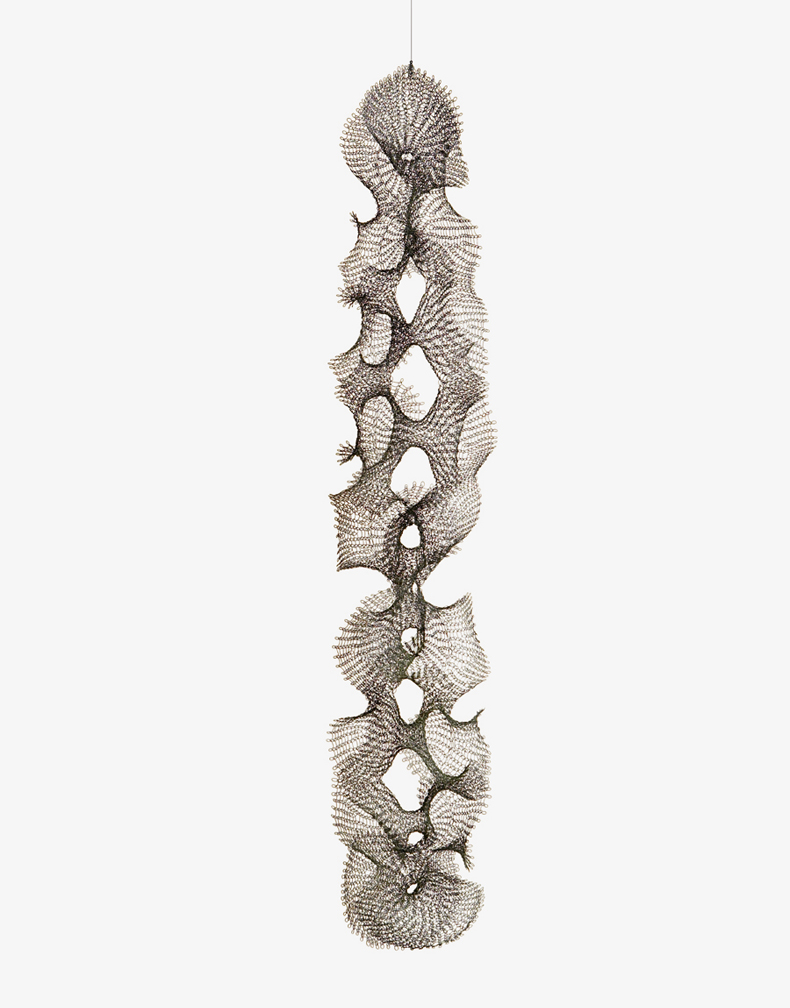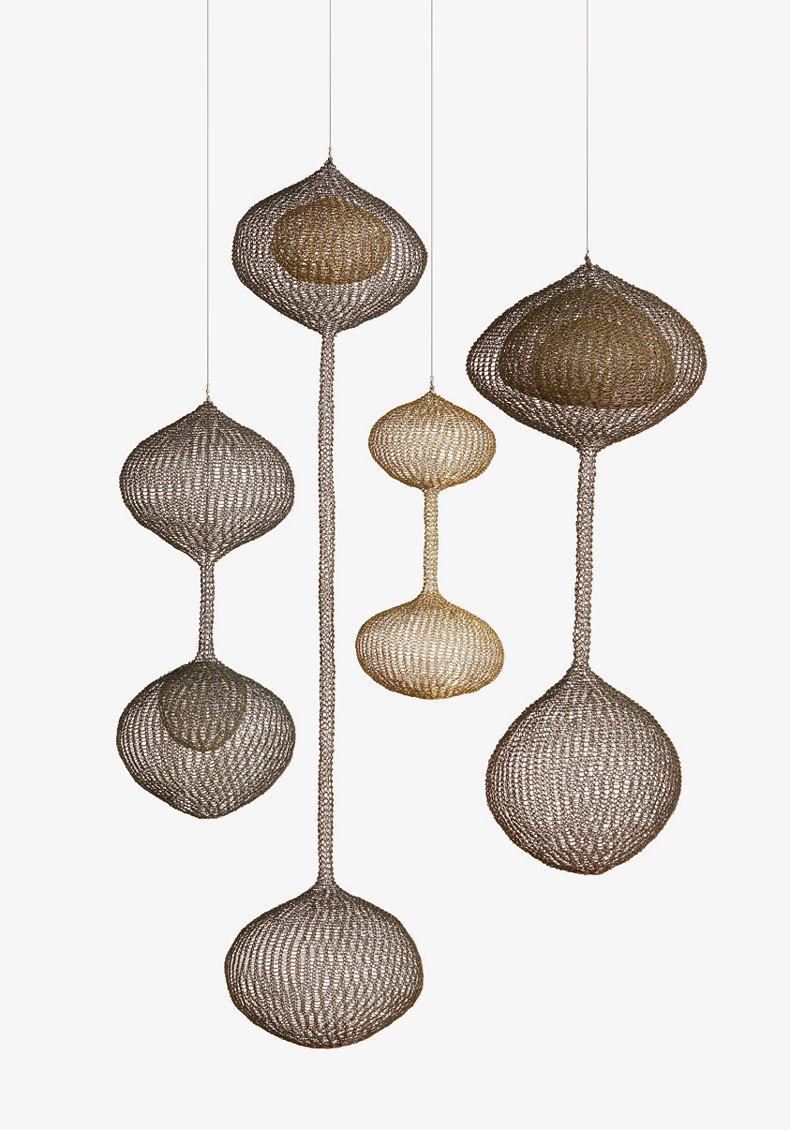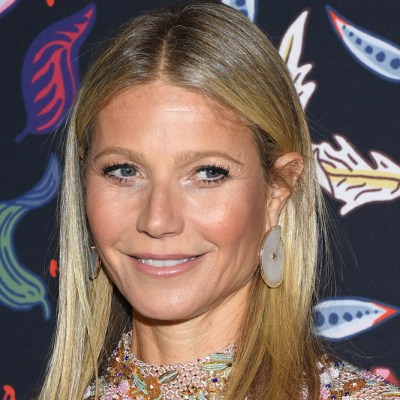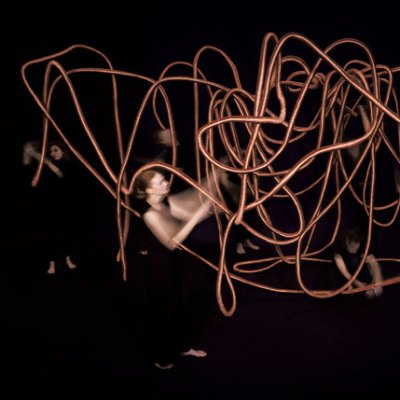Ruth Asawa began taking art seriously in extreme circumstances – in 1942, at the age of 16, when she was interned in a camp for Japanese Americans after the bombing of Pearl Harbor. Trained by three Disney animators of Japanese descent, she took up life drawing and three years later enrolled at the Black Mountain College in North Carolina, where her artistic horizons kept expanding. By the age of 20 she had created a ceramic plate, a copper bowl and a number of ink drawings, oil paintings and watercolours, and began experimenting with the material that would make her name: metal wire. A major survey of Asawa’s work at the San Francisco Museum of Modern Art spans her six-decade career, allowing us to see how her practice evolved from works on paper and on canvas to the biomorphic, often monumental looped-wire sculptures for which she is famous (5 April–2 September).
Find out more from SFMOMA’s website.
Preview below | View Apollo’s Art Diary
Untitled (S.433, Hanging Nine Open Hyperbolic Shapes Joined Laterally) (c. 1958), Ruth Asawa. William Roth Estate. Photo: Laurence Cuneo; courtesy David Zwirner; © 2025 Ruth Asawa Lanier, Inc.

Untitled (S.046a-d, Hanging Group of Four, Two-Lobed Forms) (1961), Ruth Asawa. Photo: Laurence Cuneo; courtesy David Zwirner; © 2025 Ruth Asawa Lanier, Inc.

Untitled (S.451, Wall-Mounted Tied-Wire, Open-Center, Six-Branched Form Based on Nature) (c. 1965), Ruth Asawa. Private collection. Photo courtesy David Zwirner; courtesy David Zwirner; © 2025 Ruth Asawa Lanier, Inc.




